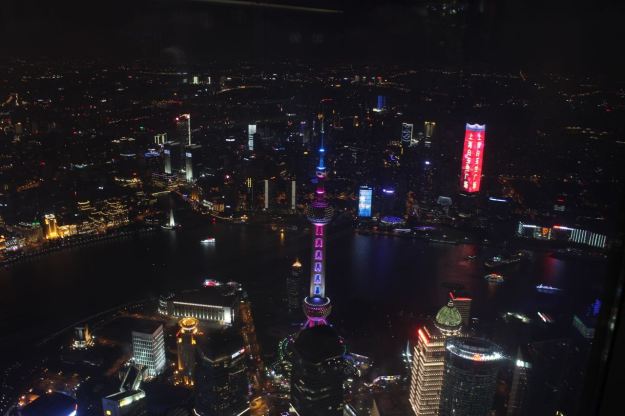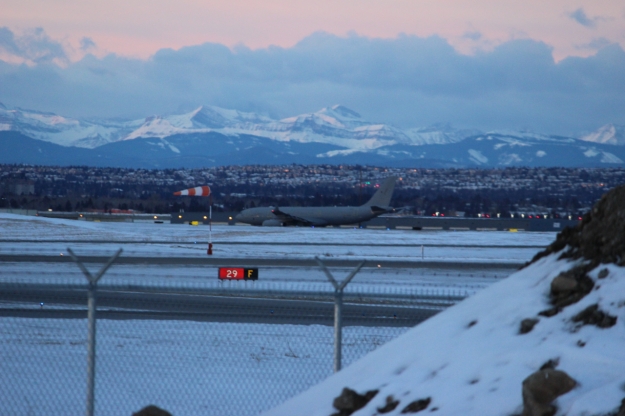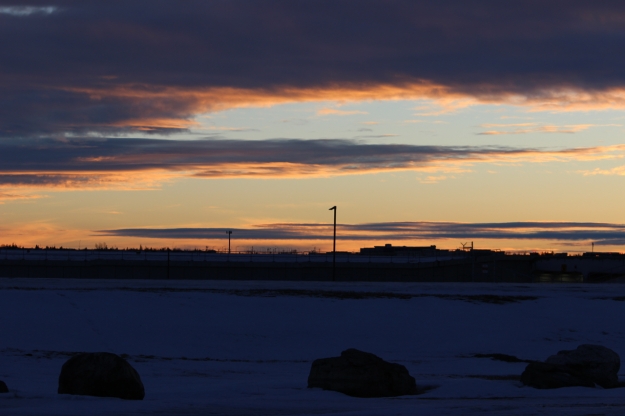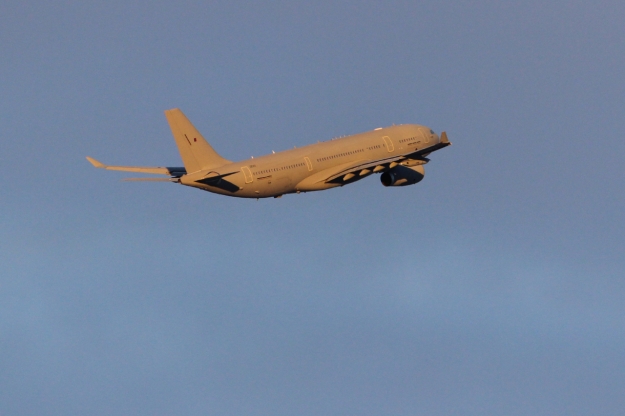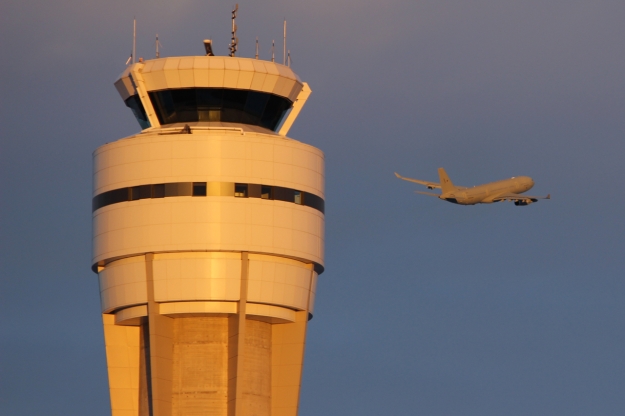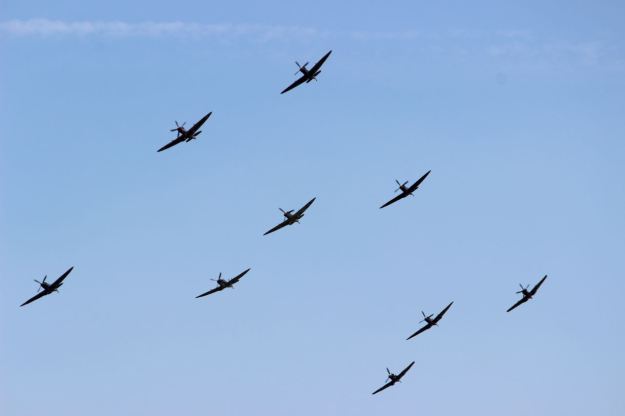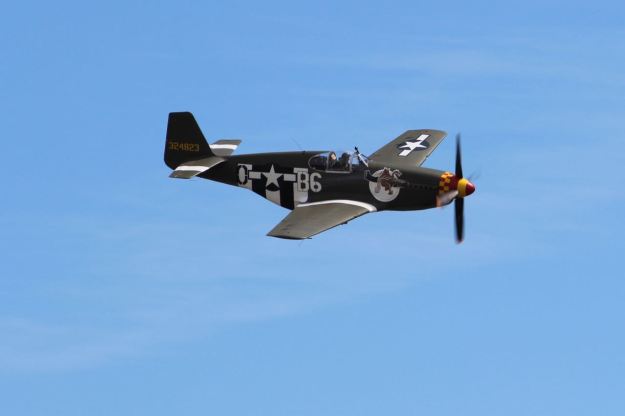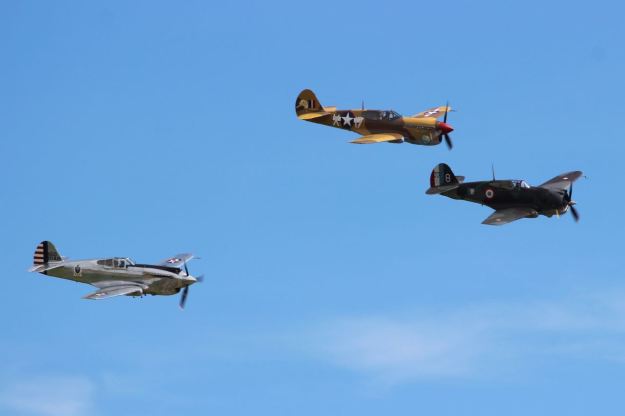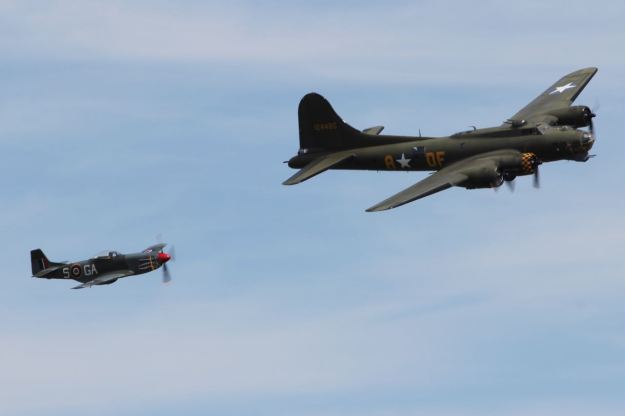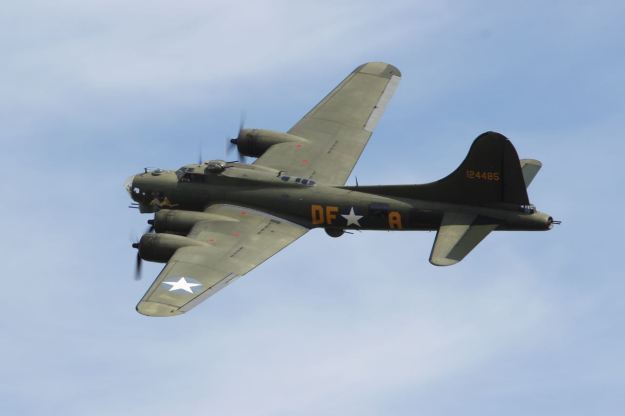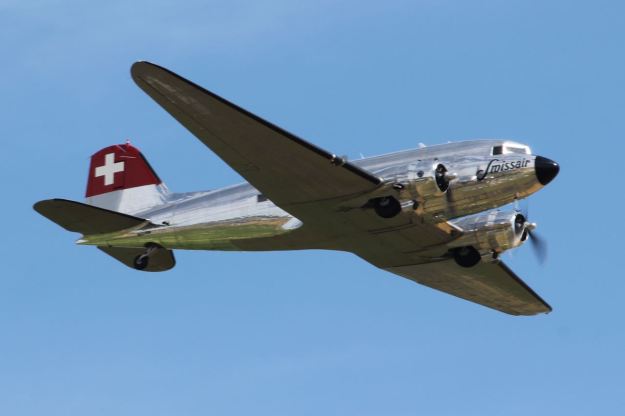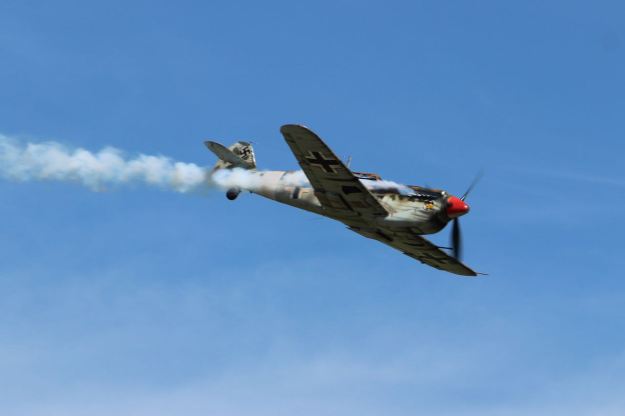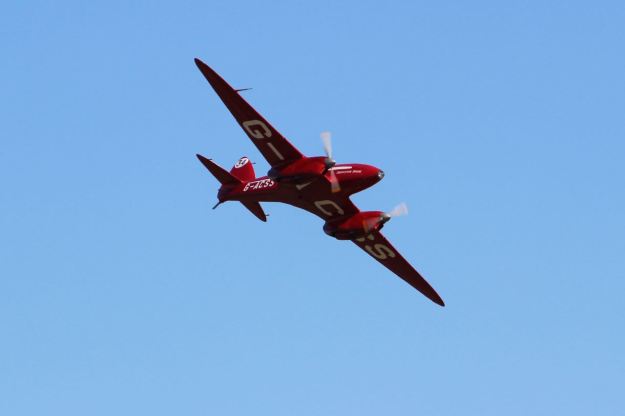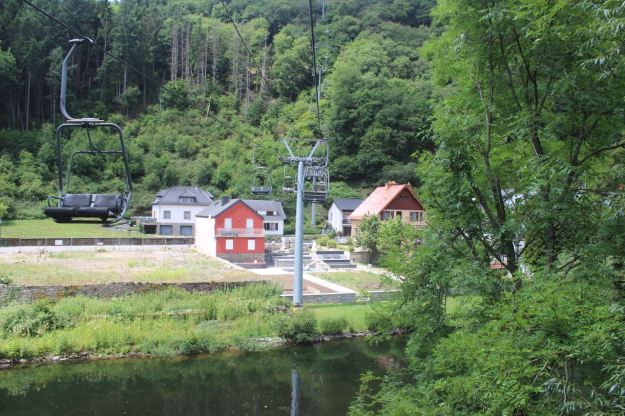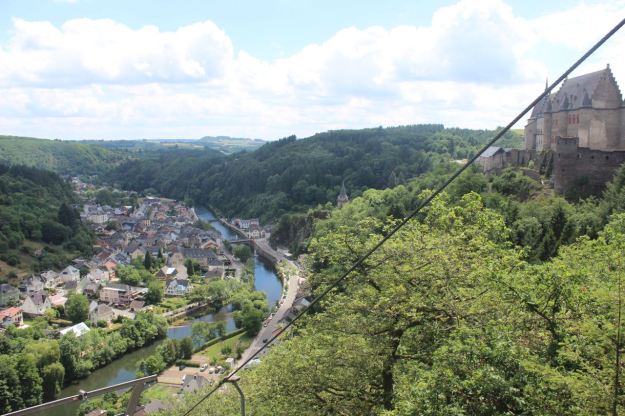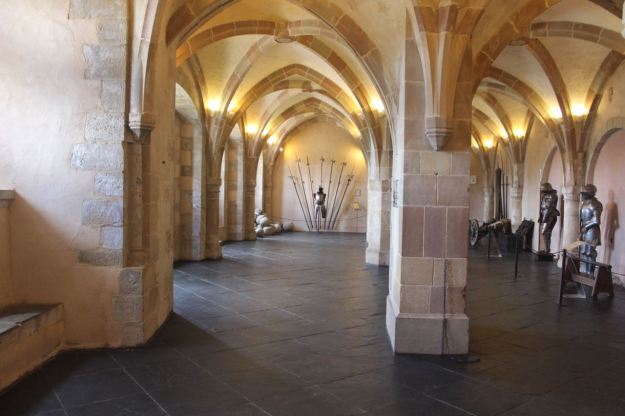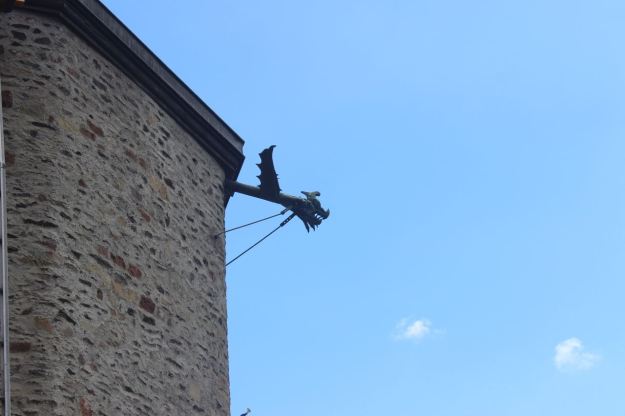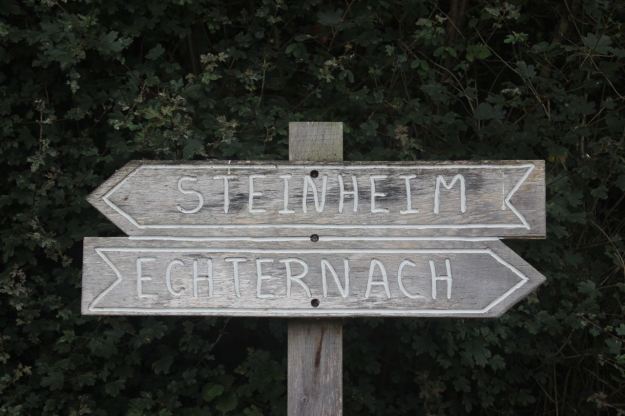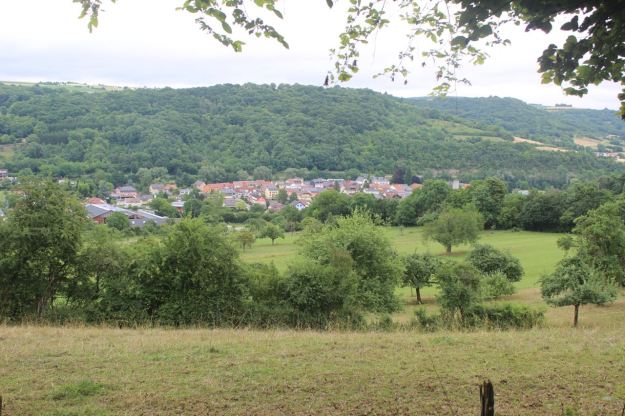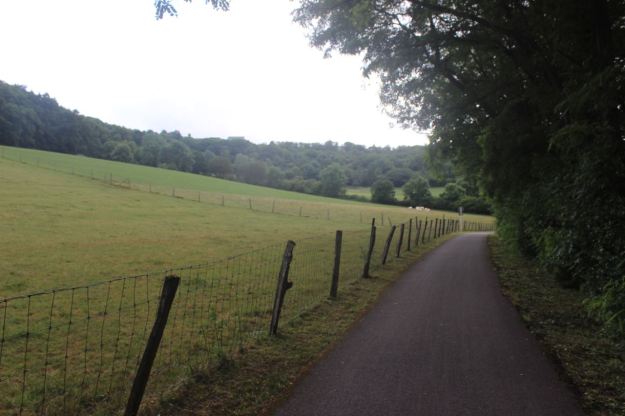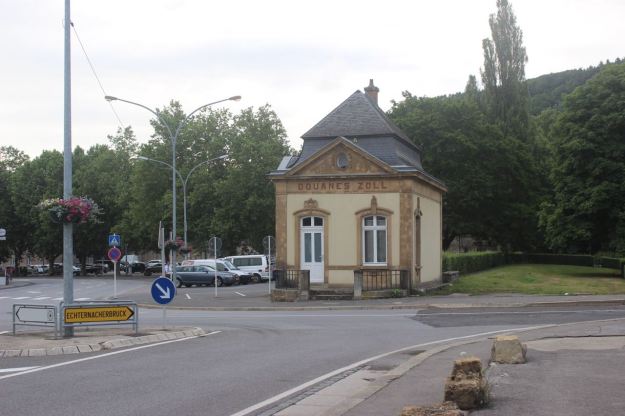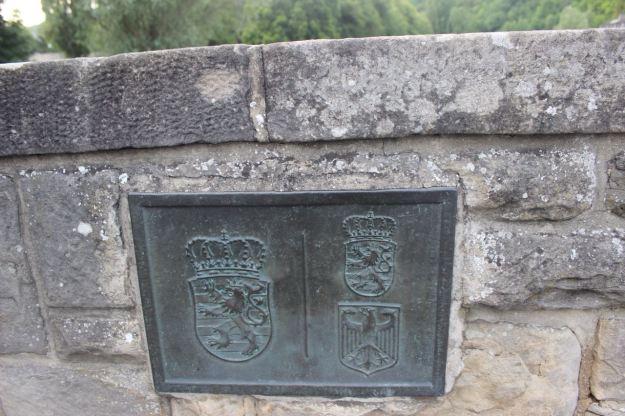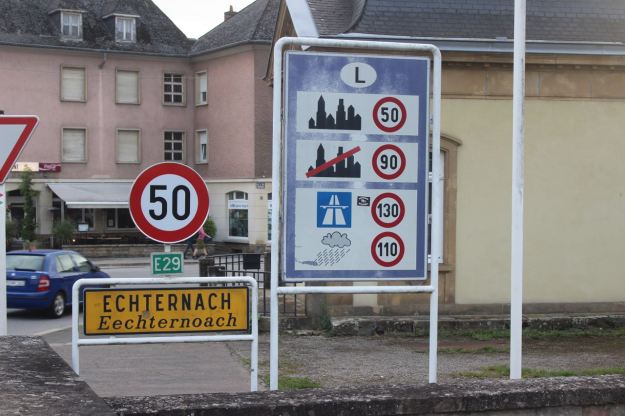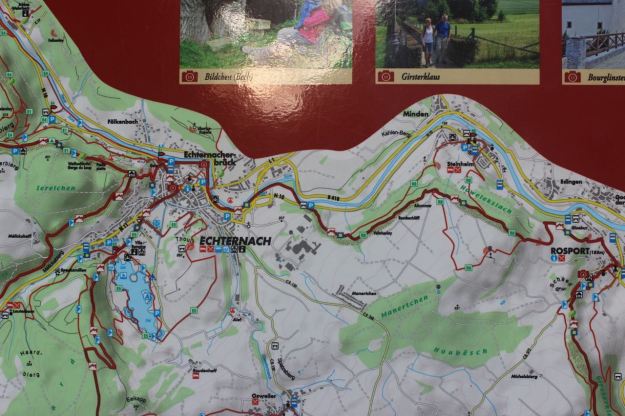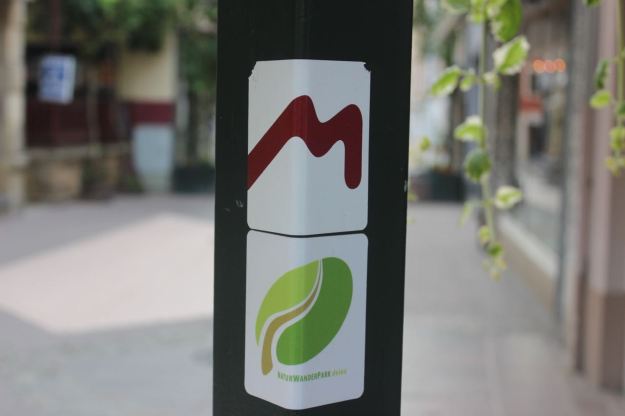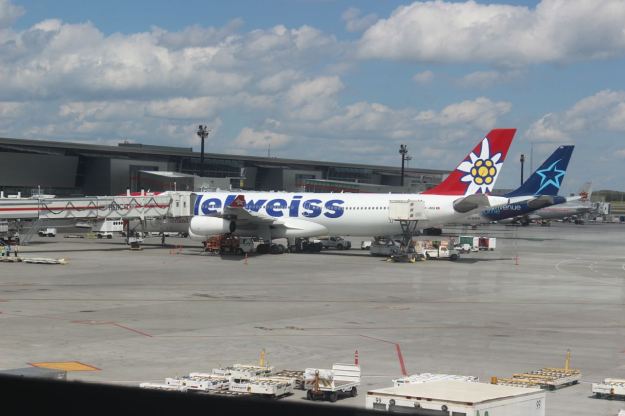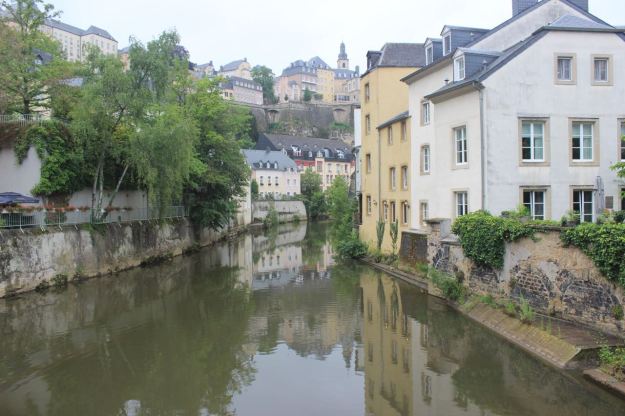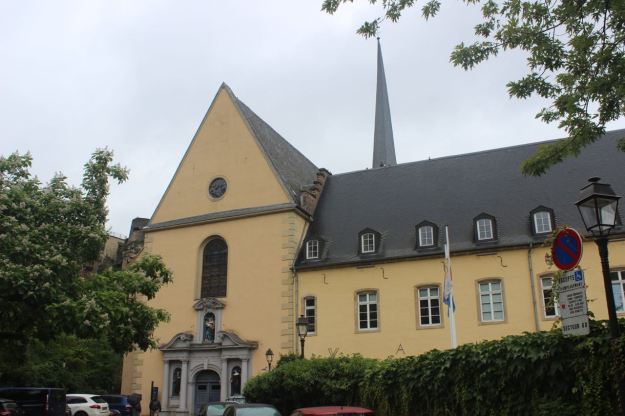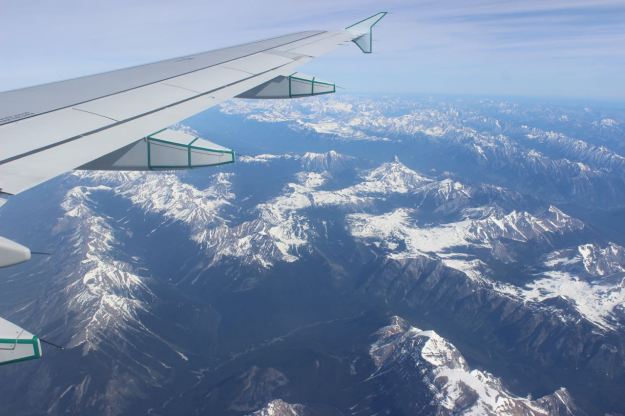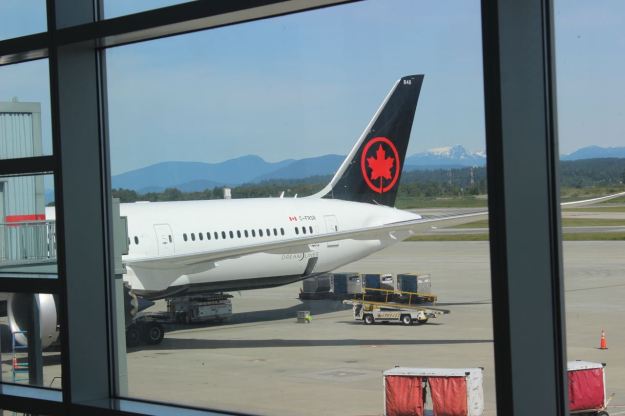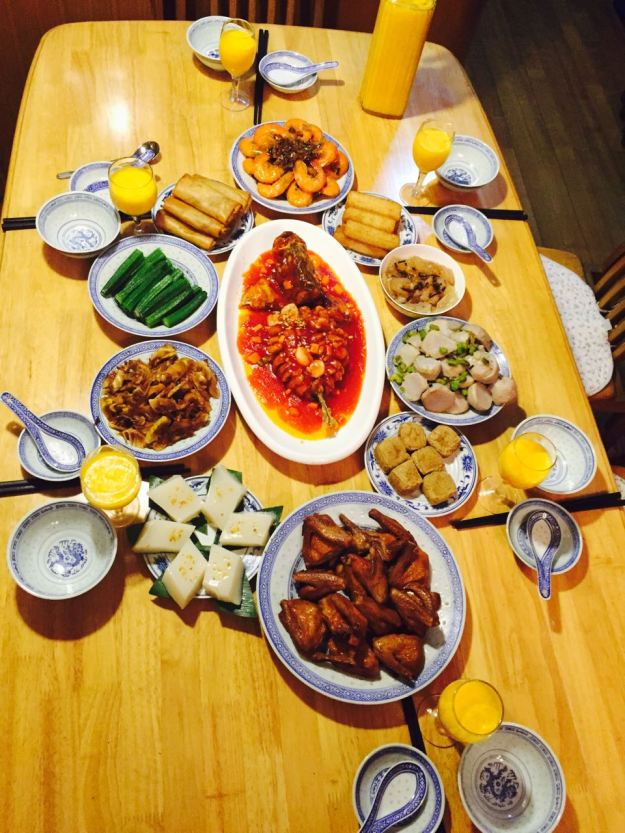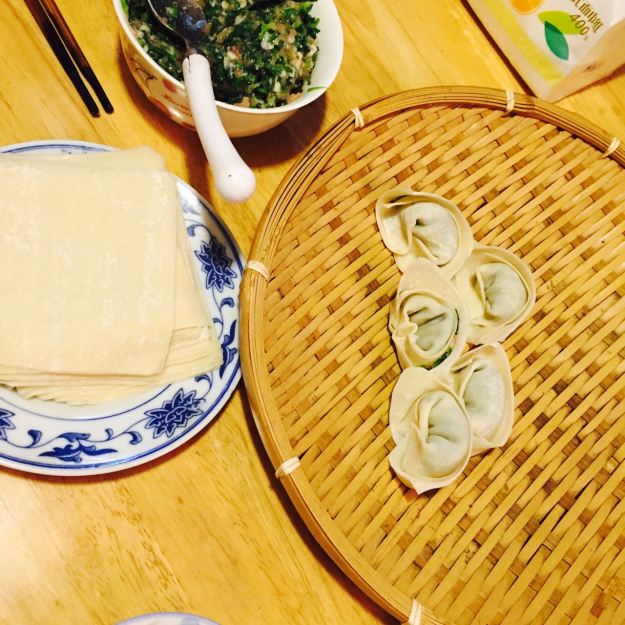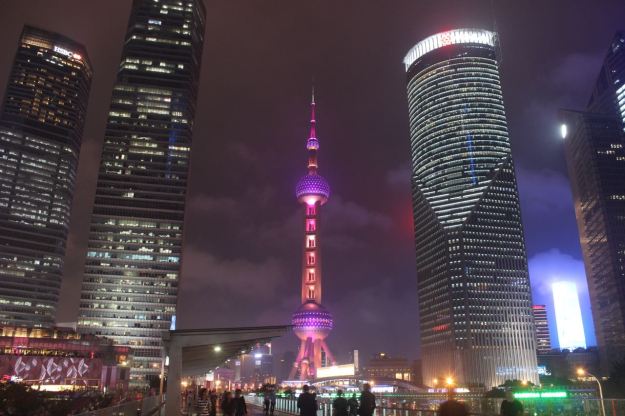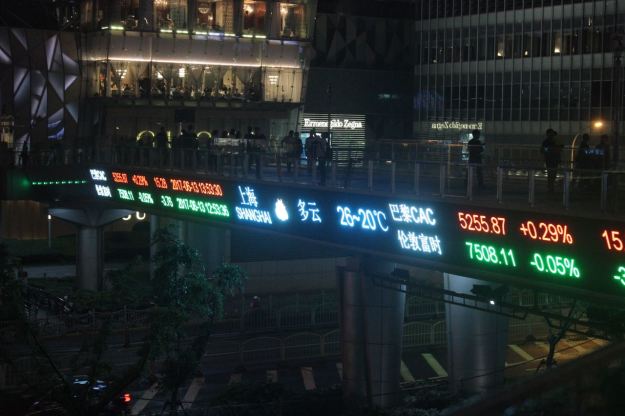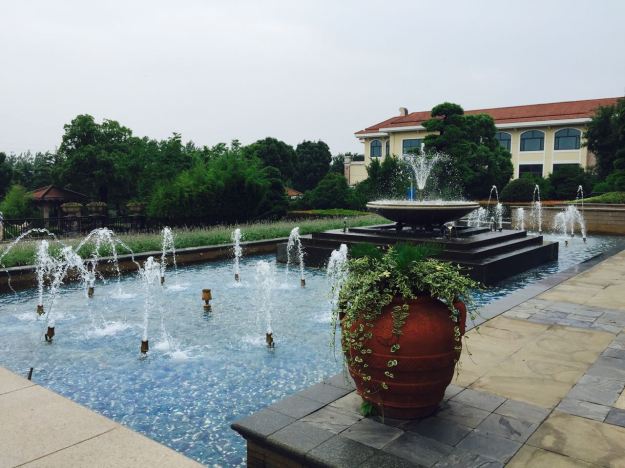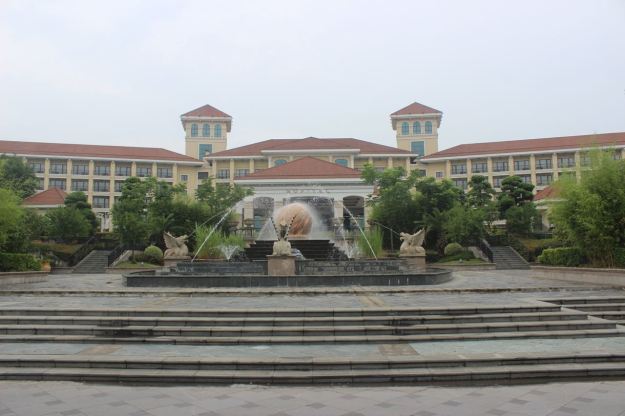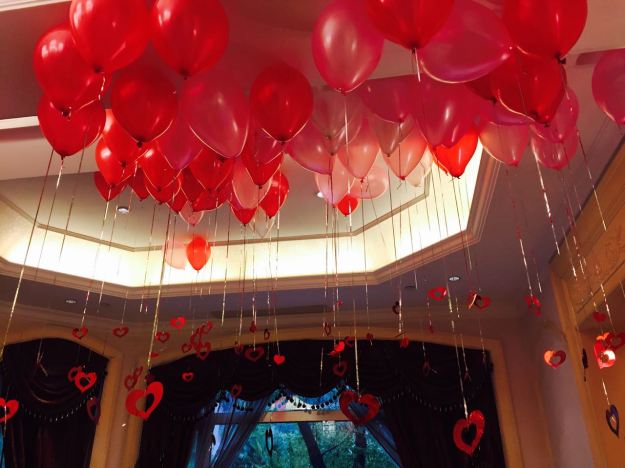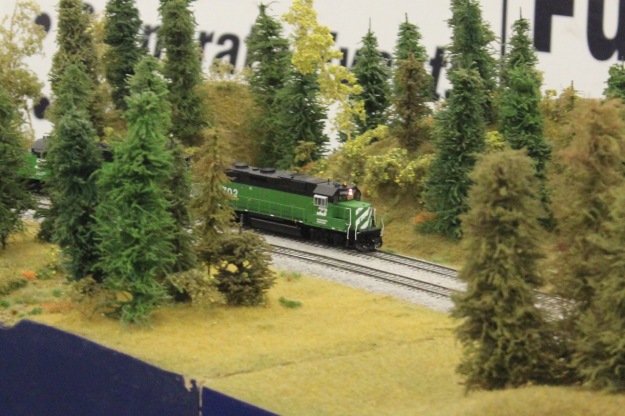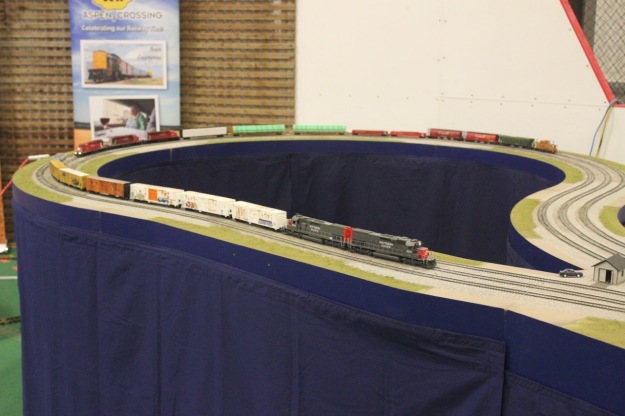This post has photos from Century Park, Jiading and Shanghai Tower.
Century Park (世纪公园)
Century Park is in Pudong, between Century Park station (世纪公园) and Shanghai Science and Technology Museum station (上海科技馆) on Line 2. You have to pay ¥10 for a ticket to get in to the park, but that only works out to about CAD$2. The park is the largest in Shanghai, on 140 hectares of land. It was completed in 2000, and is located at the end of Century Avenue (世纪大道), which is where its name comes from.
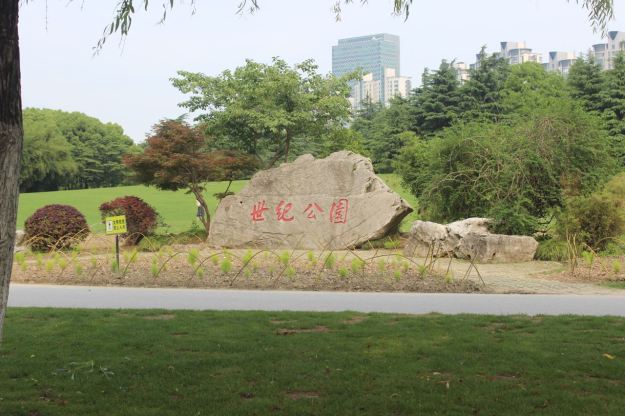

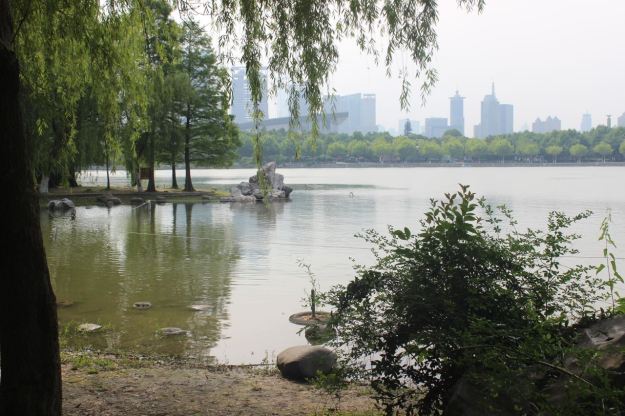
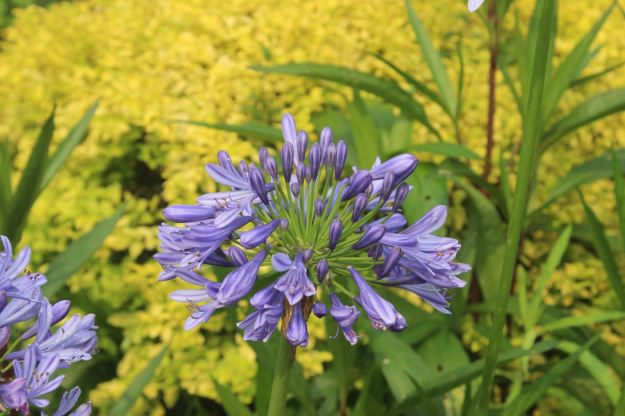
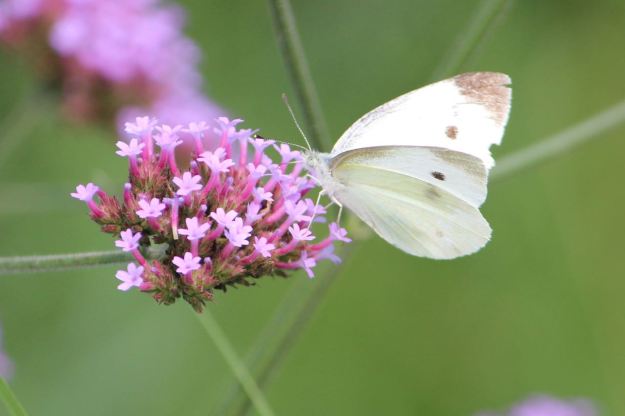



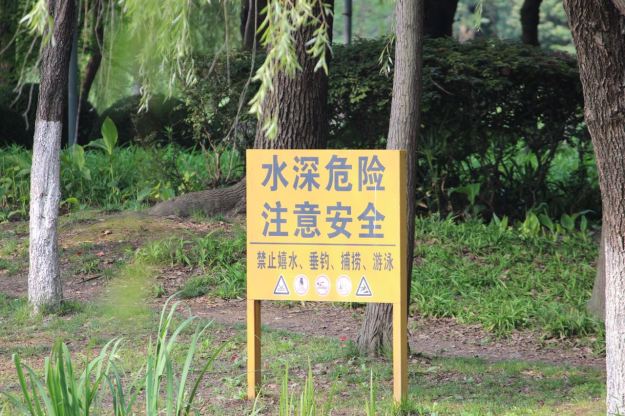
There were also some interesting signs. The one above is interesting because I wasn’t quite sure what the difference between the two was. Now I know that 垂钓 means fishing with a rod and 捕捞 means fishing with a net. We don’t have that distinction, and would probably just write “No fishing” and assume that people would know that that includes nets as well as rods.
Jiading (嘉定镇)
Jiading is a little bit of a trip from well anywhere. But it is well worth it. From People’s Square Metro Station (人民广场地铁站), you go on Line 2 to Jiangsu Road Station (江苏路地铁站), and change to Line 11 and ride to Jiading North Station (嘉定北地铁站). You could probably walk from the metro station, or, alternatively, take the Jiading #1 Bus (嘉定1路) to the Jiading TCM Hospital (嘉定中医医院) and walk from there.
I visited the Bamboo Carving Museum (嘉定竹刻博物馆), which is really neat. I didn’t take any photos because it is a museum and lighting was poor. Bamboo carving is something that Jiading was famous for, all of the master carvers lived here and they made some really amazing things. You’ll have to visit!
My next stop was the Fahua Pagoda (法华塔). It really stands out from the rest of the buildings in the area. Nothing is quite as tall. I believe it stands about 41m tall. It was originally constructed in the Song dynasty (960-1279) and has been rebuilt across the ages. It is now a protected historical site. You can’t go up the tower, but you can go into the courtyard.


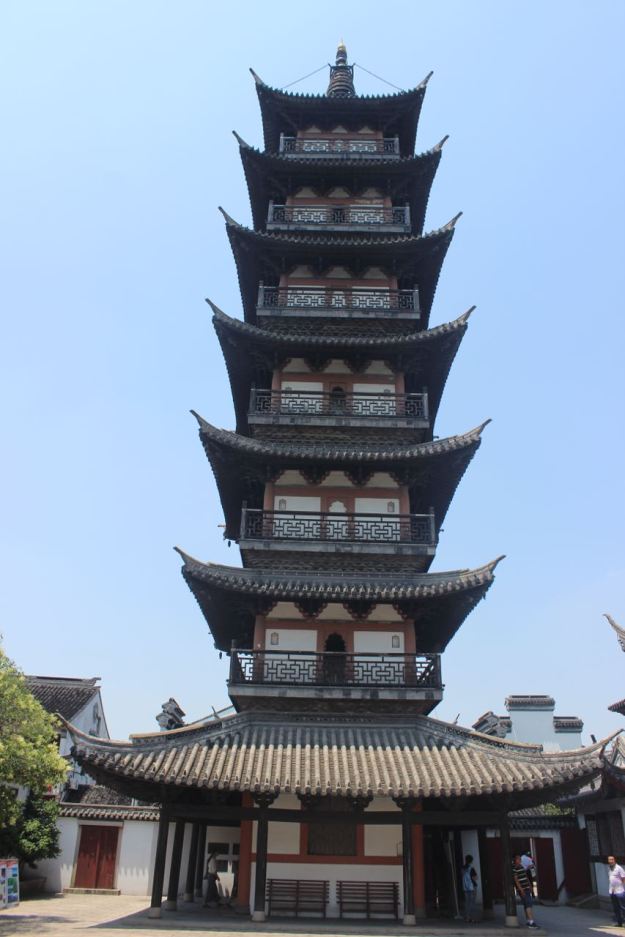

The Pan Jia Garden (潘家苑) is behind one of the fancy hotel complexes in Jiading. They have a villa in the middle of the complex, around which the garden is built.
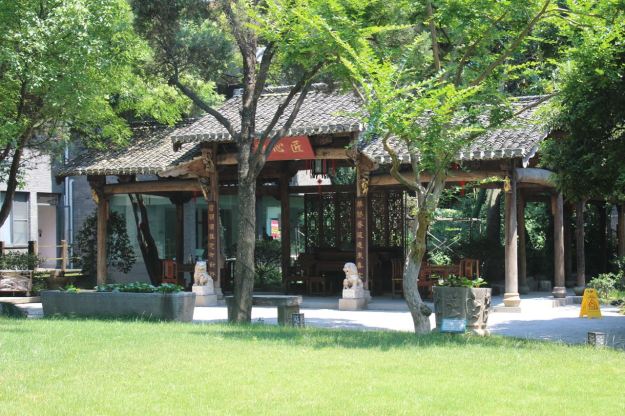

The Confucian Temple (孔庙) and the Imperial Exam Museum (科举博物馆) are both located in the same location. Unfortunately, the museum doesn’t have many explanations in English, so unless you can read characters, you’ll just have to look at the paintings of various scholars (or skip this one entirely, but still go and visit the Confucian Temple part). On the path that leads to the temple, you can see the wall below with the lions perched on top of each picket. Each lion is supposed to represent one of Confucius’ disciples.
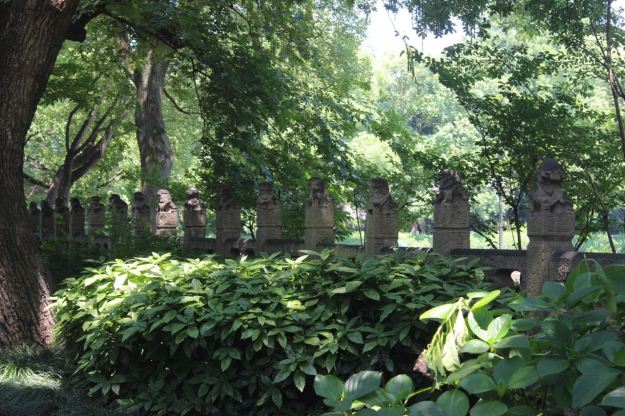

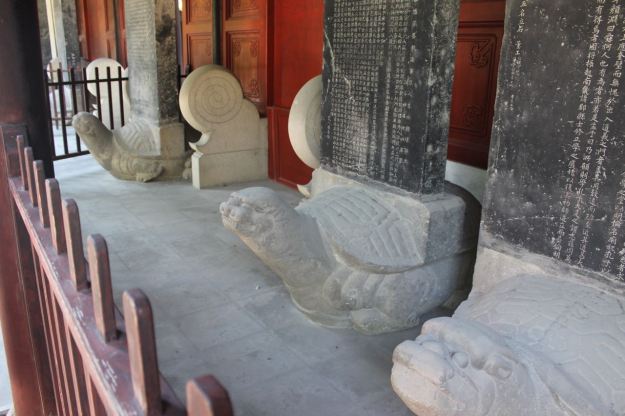
The last stop of the day was the Jiading Museum (嘉定博物馆). This museum talks about the history of Jiading and how it was important. All of the museums in Jiading are free to visit, so for a low budget trip, this would be an excellent choice for something off the beaten track in Shanghai.

Shanghai Tower (上海中心大厦)
The Shanghai Tower is the second tallest building in the world after the Burj Khalifa in Dubai, standing at 632m tall. Difficult to miss in Lujiazui, it towers over the Jin Mao Tower (金茂大厦) and the Shanghai World Finance Centre (上海环球金融中心) (which I visited on a previous trip). The observation deck is on the 118th and 119th floor. There are still another nine floors above the observation deck!! Anyway, you get an excellent view of the city from the top. I visited in the evening to take in the lights, much like what I did before. I’m sure it looks fabulous in the daytime as well, so long as it is a clear day with little smog. 上海之巅旅程开始!
